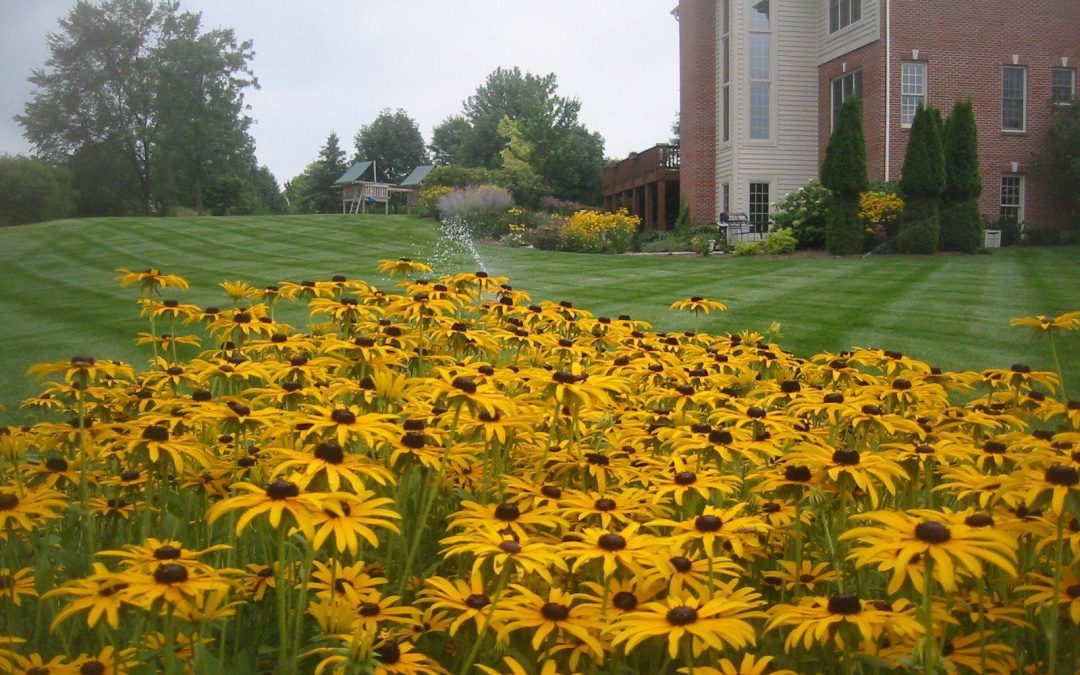Healthy, vibrant plants are the cornerstone of a beautiful landscape. However, even with the best care, plants can sometimes show signs of nutrient deficiencies that hinder their growth and overall health. Identifying these signs early and addressing them effectively is key to maintaining a thriving garden. Here’s a guide to common nutrient deficiencies in plants and how to fix them.
1. Understanding Nutrient Deficiencies in Plants
- What Causes Deficiencies?
- Poor soil quality, pH imbalances, and improper watering are common culprits.
- Over-fertilization can also lock up essential nutrients, making them unavailable to plants.
- Why It’s Important to Act Quickly:
- Nutrient deficiencies weaken plants, making them more susceptible to pests and diseases.
- Addressing deficiencies promptly ensures your plants stay healthy and productive.
By observing your plants closely, you can identify specific issues and take corrective action.
2. Common Nutrient Deficiency Symptoms and Fixes
Nitrogen Deficiency
- Symptoms: Yellowing leaves, stunted growth, and poor overall plant health.
- Solution:
- Apply a nitrogen-rich fertilizer, such as composted manure or a balanced fertilizer.
- Use slow-release fertilizers to ensure consistent nitrogen availability.
Phosphorus Deficiency
- Symptoms: Dark green or purplish leaves, weak root systems, and delayed flowering or fruiting.
- Solution:
- Add bone meal, rock phosphate, or a phosphorus-rich fertilizer to the soil.
- Ensure proper soil aeration to help roots absorb phosphorus.
Potassium Deficiency
- Symptoms: Brown leaf edges, weak stems, and poor fruit quality.
- Solution:
- Use potassium sulfate or wood ash to replenish potassium levels.
- Mulch with organic matter to improve soil retention of potassium.
Iron Deficiency
- Symptoms: Yellowing between leaf veins (chlorosis), especially in younger leaves.
- Solution:
- Apply chelated iron to the soil or as a foliar spray.
- Adjust soil pH to ensure iron availability (optimal pH is below 7.0).
Magnesium Deficiency
- Symptoms: Yellowing between leaf veins on older leaves and curling leaf edges.
- Solution:
- Use Epsom salts (magnesium sulfate) as a soil amendment or foliar spray.
- Check for calcium or potassium imbalances that might affect magnesium uptake.
3. Testing Your Soil
- Why Soil Testing Matters:
- It identifies nutrient deficiencies and pH imbalances.
- Testing ensures you don’t over-fertilize, which can harm plants and the environment.
- How to Test:
- Use a home soil test kit or send a sample to a local agricultural extension service for analysis.
- Regular testing, at least once a year, helps maintain soil health.
4. Preventing Nutrient Deficiencies
- Improve Soil Health:
- Add organic matter like compost to enrich soil and improve nutrient availability.
- Mulch regularly to retain soil moisture and temperature.
- Follow Proper Fertilization Practices:
- Use balanced fertilizers tailored to your plants’ needs.
- Avoid over-fertilizing, which can lead to nutrient imbalances.
- Maintain Proper pH Levels:
- Test your soil’s pH regularly and amend it with lime (to raise pH) or sulfur (to lower pH) as needed.
A proactive approach to soil care reduces the risk of deficiencies and keeps plants thriving.
5. When to Seek Professional Help
- Persistent Issues: If deficiencies persist despite your efforts, it may be time to consult a plant health care expert.
- Complex Landscapes: Large gardens or specialty plants may require professional assessment and tailored solutions.
Groves Property Services offers comprehensive plant health care services to diagnose and treat nutrient deficiencies, ensuring your plants stay lush and vibrant year-round.
Keep Your Garden Healthy with Groves Property Services
If you’re noticing signs of nutrient deficiencies in your plants or want to maintain a healthier landscape, Groves Property Services is here to help. Call us at 301-992-2293, visit our website, or check out our Google Maps listing to schedule a consultation.
Let us help you create a garden that’s not only beautiful but thriving with life!

